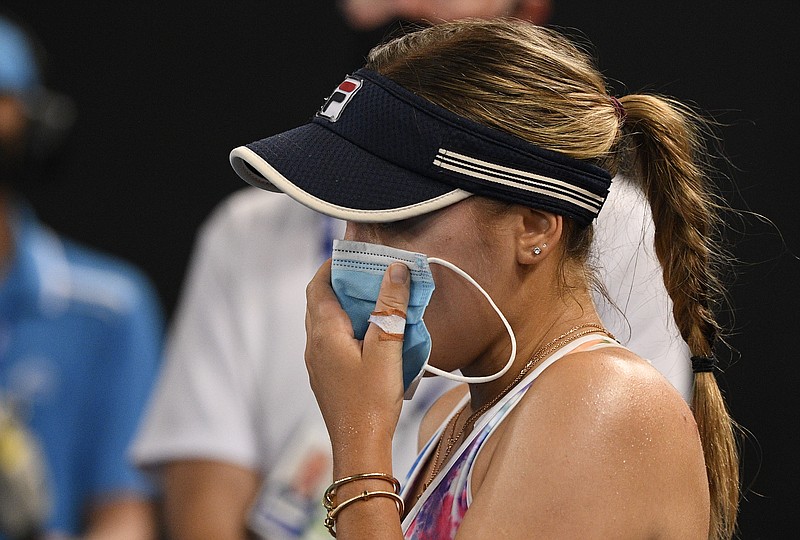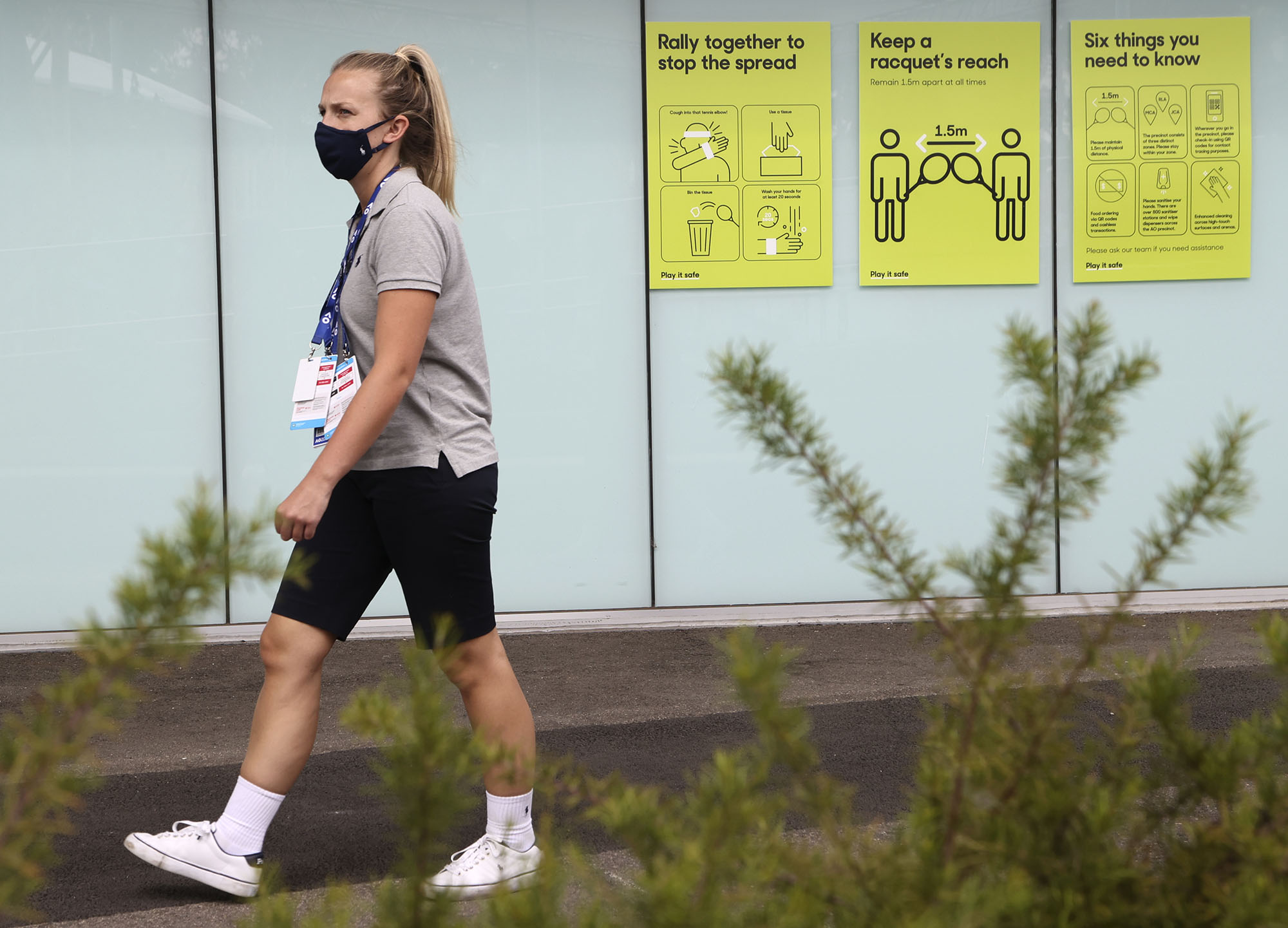Rafael Nadal is bidding for a record 21st Grand Slam men's singles trophy, but rival Novak Djokovic's attempt to win a third consecutive Australian Open could get in the way of that endeavor.
In the women's bracket, Serena Williams will try again to tie the mark for the overall mark for major singles championships, 24, but fellow American Sofia Kenin's bid to repeat and earn just her second such title is noteworthy, too.
And yet, as easy as it is to assemble a list of significant storylines for the tournament, nothing hangs over the next two weeks at Melbourne Park quite like questions involving the coronavirus. There is, after all, still a pandemic in progress.
"During the tough months of quarantine in Spain, (there) have been too many problems to think about tennis, no?" said Nadal, who by winning his 13th French Open title this past October equaled Roger Federer's record of 20 major men's singles championships, three ahead of Djokovic.
No matter how much better Australia has contained its COVID-19 outbreak than countries such as the United States, a reminder of the precarious nature of a large, international sports event came just a few days before the scheduled start of the year's first major. A full day of competition at the half-dozen tuneups in Melbourne was postponed because of a positive test for a worker at a hotel that housed 160 players in January; the draw for the main event was pushed back a day as well.
Before the 24-hour break was announced, Australian player Nick Kyrgios captured a common sentiment, writing on Twitter: "Am I playing tomorrow?"
"It was a bit of uncertainty," he said later. "I had no idea what was going on."
Those sorts of doubt could linger at a major already was pushed back three weeks from its original start date to allow for all of the entrants and their entourages to quarantine upon arrival on the continent. Play is set to begin Monday local time, which means U.S. sports fans - at least those not watching the Super Bowl - can tune into television coverage Sunday night.
"From a tennis point of view, you cannot prepare 100%," 2019 U.S. Open men's runner-up Daniil Medvedev said. "You try to do what you can."
Williams, a seven-time singles champ in Melbourne, said the Achilles' tendon that hampered her last year in a loss at the U.S. Open semifinals and forced her to withdraw from the French Open might have prevented her from competing at all in Australia if not for that extra bit of rest. She withdrew from a tuneup Friday, citing a sore shoulder, but was not concerned about being limited in the big event.
A sore shoulder was also the explanation for Naomi Osaka - in the same quarter of the Australian bracket as Williams - pulling out of a different tuneup the same day.
Because of virus restrictions, most participants were limited to leaving their hotels for five hours of training per day. More than 70 players were banned from leaving their rooms at all during that period because they potentially were exposed to the virus during the chartered flights that carried them from various spots around the globe to Melbourne.
The mental and physical tolls of that kind of lockdown certainly would be liable to affect anyone, athlete or otherwise.
"The players are just getting thrown off guard a lot. I think it's going to demand a lot of patience and a lot of flexibility - and who is going to really adjust and adapt the best?" said ESPN analyst Chris Evert, whose 18 Grand Slam women's singles titles include two Australian Opens (1982, '84). "Players are so used to routines. They like to be in control. They're not in control."
Because of that one positive COVID-19 test, more than 500 people associated with the Melbourne major and its warmup tournaments were told to isolate until they tested negative. One day later, action resumed as Australian Open tournament director Craig Tiley chalked it up as "just one of those additional challenges" and stated unequivocally: "We are starting on Monday."
"The players, from the feedback we're getting from them have come to accept the fact that now, with their travel around the world, the environment's different. And anything can happen," Tiley added. "Every day you wake up, it can be different. And I think they have gotten used to that."
The plan is to let in 30,000 spectators per day, some 50% of last year's crowd. It's still a big departure from the last two Grand Slams of last year - the French Open, which had about 1,000 fans per day, and the U.S. Open, which did not allow any. Wimbledon was canceled last summer, making the 2020 Australian Open the most recent major tennis tournament not restricted by COVID-19.
When the next Grand Slam without such worries will occur remains to be seen.
"There's no such thing as no risk," Tiley said, offering what he called a paraphrasing of a government official. "There's always going to be risk. And the objective is to minimize that as best as possible."

